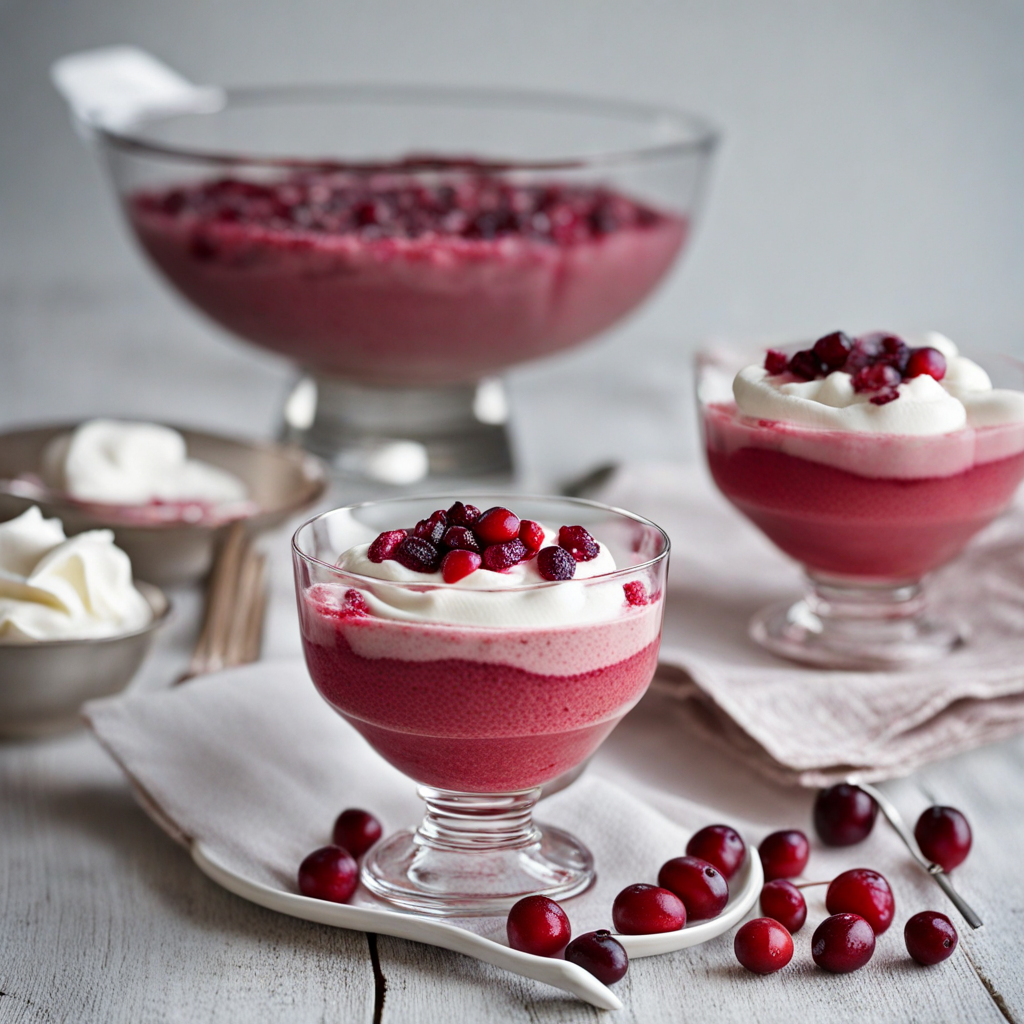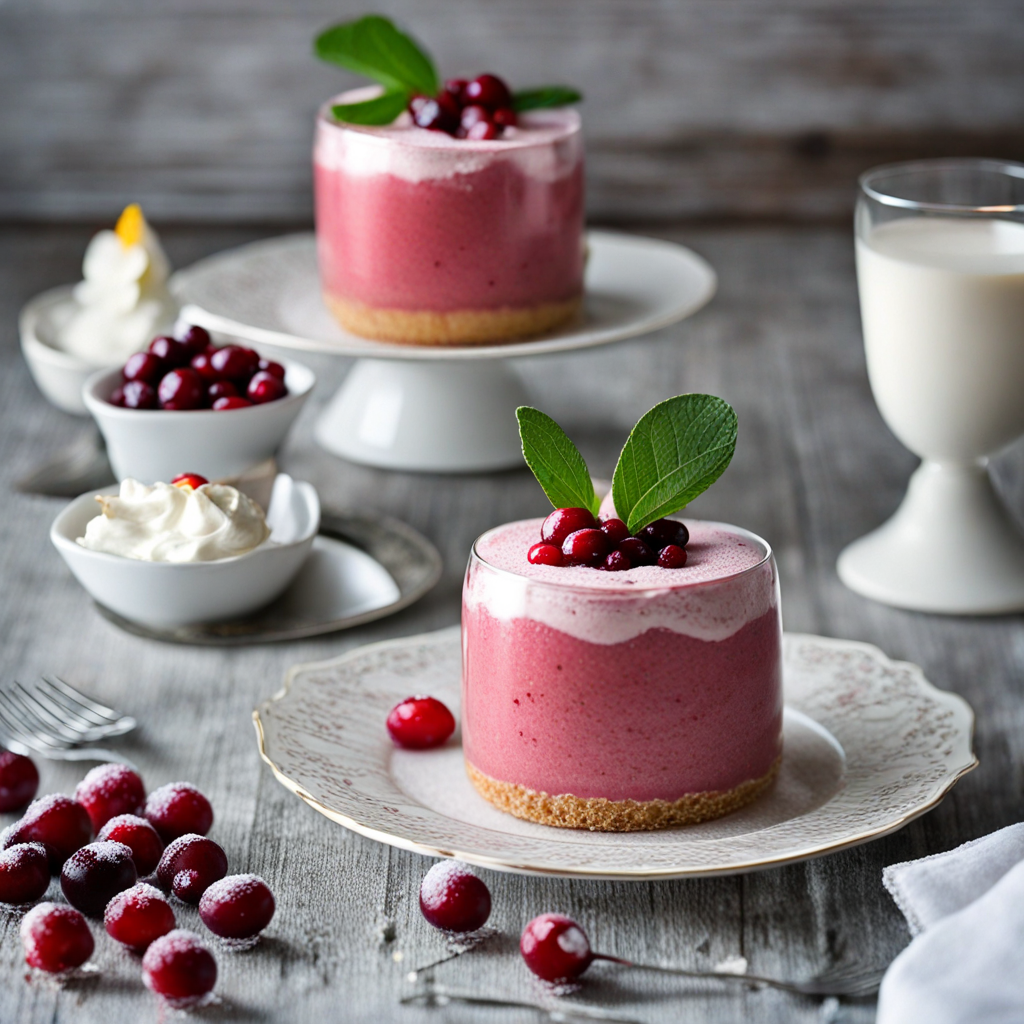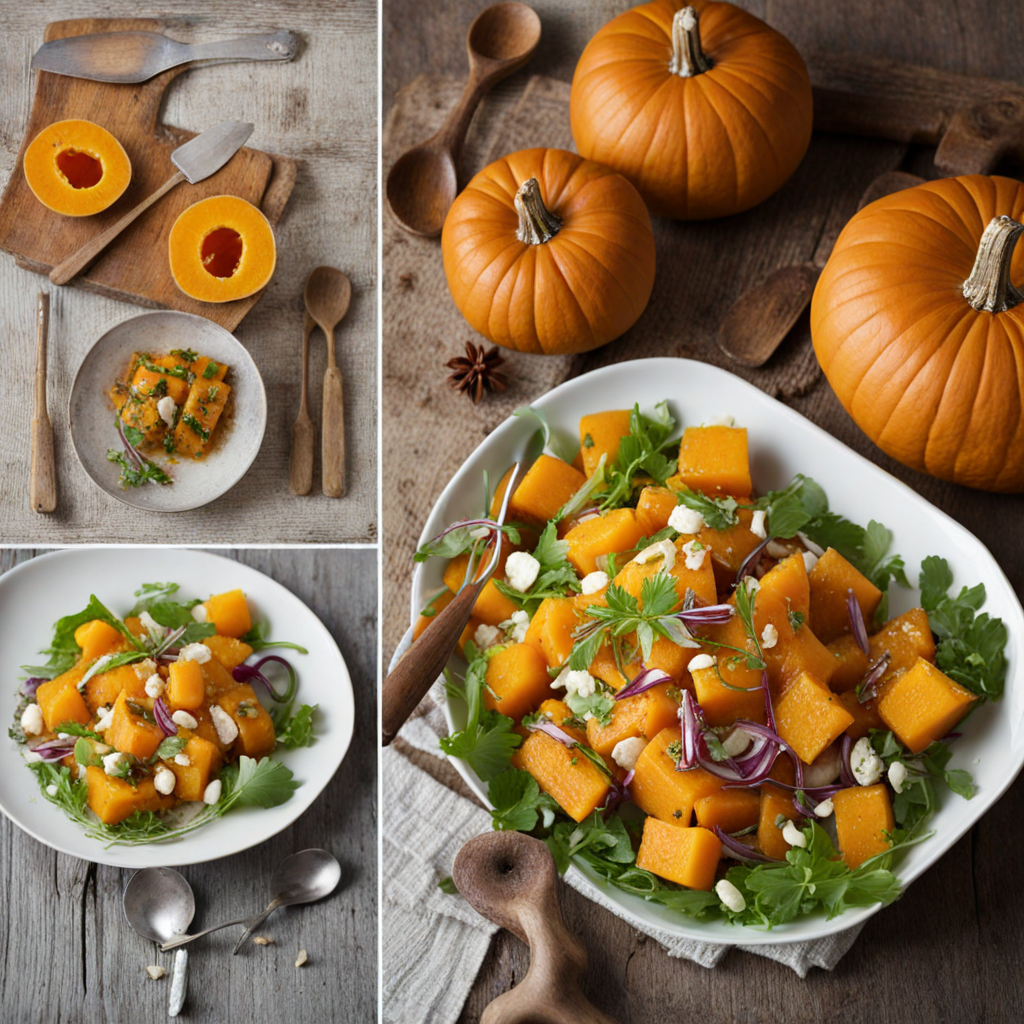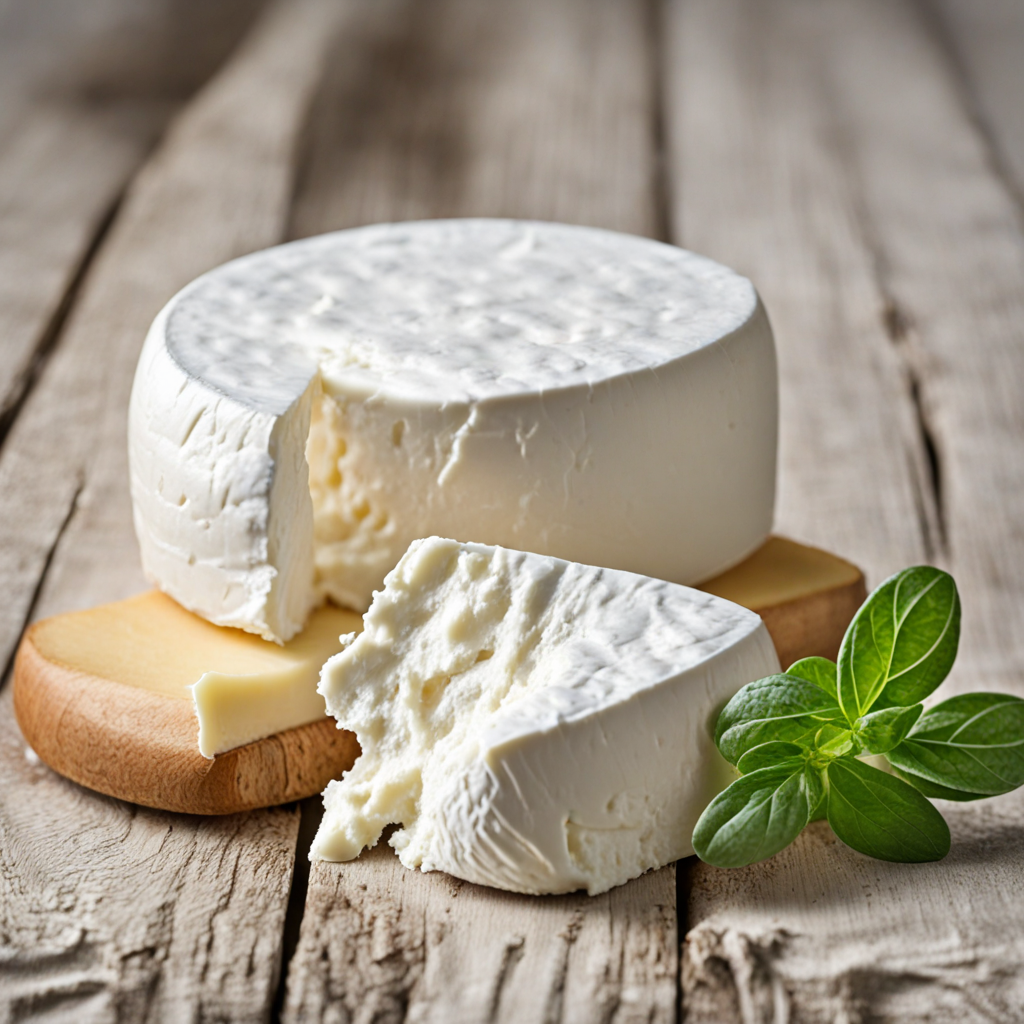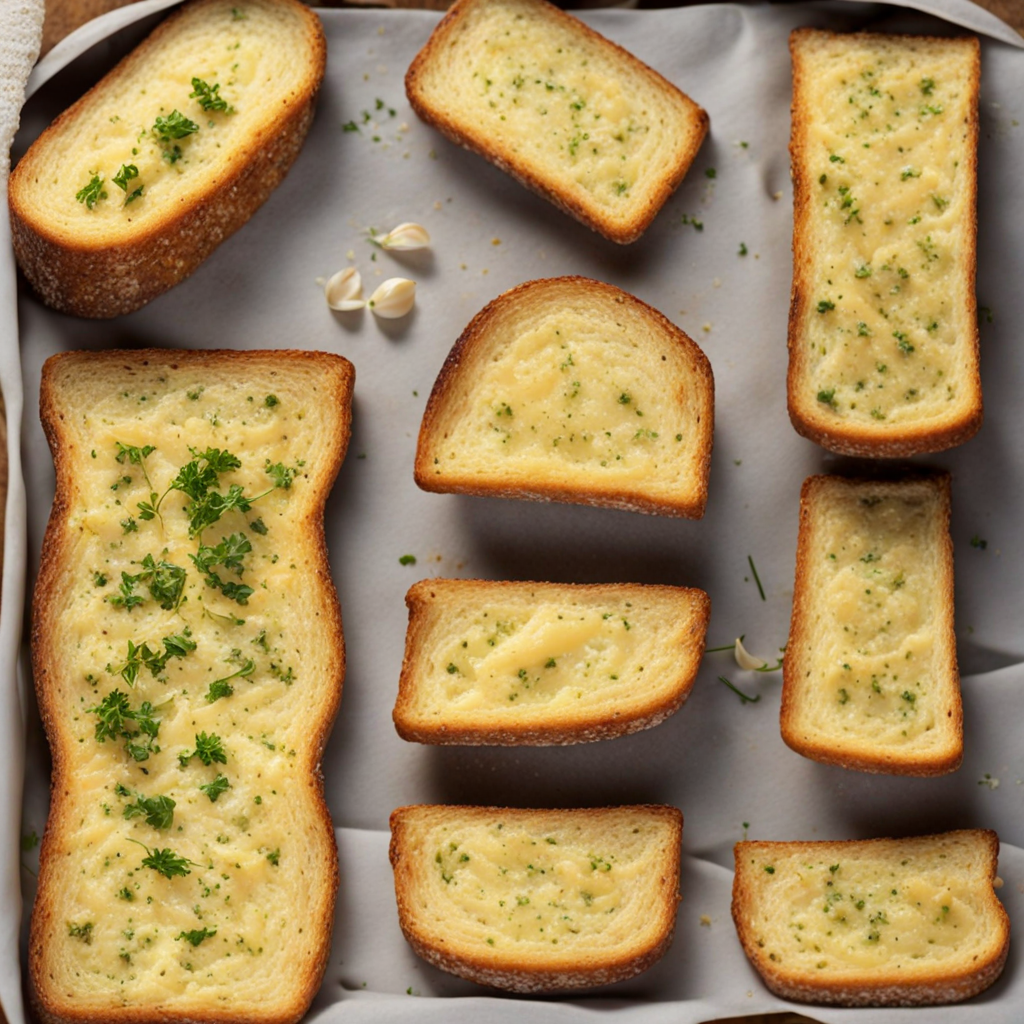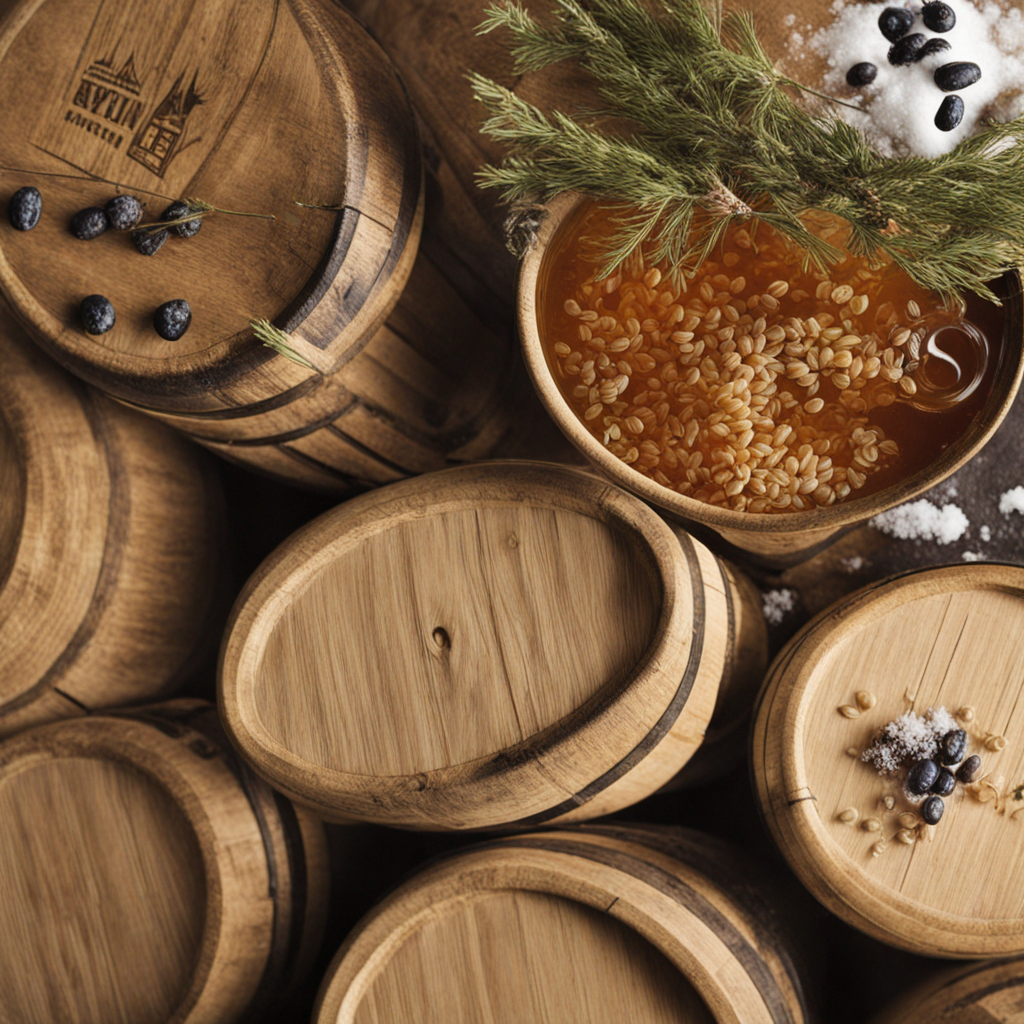Cranberry Mousse
Cranberry Mousse is a delightful Estonian dessert that captures the essence of the country's rich natural resources. The mousse is typically made from fresh or frozen cranberries, which are known for their tart flavor and vibrant red color. The tartness of the cranberries is beautifully balanced with sugar, creating a sweet-tart profile that tantalizes the taste buds. The addition of cream or yogurt gives the mousse a creamy texture, making it light and airy, while also enhancing its overall richness. Each spoonful melts in your mouth, leaving a refreshing burst of berry flavor that is both invigorating and satisfying. What sets this mousse apart is not just its flavor but also its visual appeal. The bright red hue of the cranberries contrasts beautifully with the creamy base, making it a striking centerpiece for any dessert table. Often garnished with fresh berries, mint leaves, or a drizzle of chocolate, Cranberry Mousse is as much a feast for the eyes as it is for the palate. The smooth and silky texture paired with a light and fluffy consistency makes it a perfect indulgence for any occasion, whether it's a casual family dinner or a festive celebration. In Estonia, Cranberry Mousse is often enjoyed as a seasonal treat, particularly during the colder months when cranberries are abundant. It embodies the spirit of Estonian cuisine, which emphasizes the importance of local ingredients and simple, yet flavorful preparations. This dessert is not only a delicious way to end a meal but also a wonderful way to experience the unique flavors of Estonia. For those looking to explore new tastes, Cranberry Mousse offers a delightful combination of sweet and tart, creamy and refreshing, making it a must-try for any adventurous food lover.
How It Became This Dish
The History of Jõhvikavaht: A Culinary Gem of Estonia Jõhvikavaht, or cranberry foam, is a traditional Estonian dessert that marries the tartness of cranberries with the sweetness of sugar and the lightness of whipped cream, creating a delightful treat that showcases the region's rich agricultural heritage. This dish, with its vibrant color and refreshing flavor, not only embodies the essence of Estonian cuisine but also reflects the cultural and historical influences that have shaped the nation over centuries. #### Origins and Historical Context The roots of Jõhvikavaht can be traced back to the indigenous practices of Estonian peasants who relied heavily on the natural bounty of their surroundings. The cranberry, or *Vaccinium macrocarpon*, is native to North America, but its European cousin, *Vaccinium vitis-idaea* (lingonberry), has been utilized in various culinary traditions across the continent, including Estonia. The Estonian landscape, characterized by its forests, bogs, and wetlands, provided a rich environment for wild berries to flourish, making them a staple in local diets long before the arrival of modern agricultural practices. In the 19th century, as Estonia began to define its national identity amidst the influences of German, Swedish, and Russian cultures, local cuisine also underwent significant transformations. The cultivation of cranberries became more widespread, particularly in the wetlands of northern Estonia. During this time, the use of berries in desserts was not only a way to utilize seasonal produce but also a means of preserving food for the long winters. Jõhvikavaht emerged as a popular dish during this period, often prepared for festive occasions and family gatherings. #### Ingredients and Preparation The traditional preparation of Jõhvikavaht involves a few simple yet essential ingredients: fresh cranberries, sugar, water, and whipped cream. To make the foam, cranberries are cooked down with sugar and a bit of water until they burst and release their juices. The mixture is then strained to remove the seeds and skins, resulting in a smooth cranberry puree. This puree is combined with whipped cream, giving the dish its signature light and airy texture. The balance of flavors in Jõhvikavaht is what makes it particularly appealing. The tartness of the cranberries cuts through the sweetness of the sugar and the cream, creating a refreshing dessert that is especially popular during the holiday season or at summer gatherings. Traditionally, it is often served in elegant glassware, allowing the vibrant red color to shine through, making it not just a treat for the palate but also a feast for the eyes. #### Cultural Significance In Estonian culture, Jõhvikavaht holds a special place beyond its delicious flavor. The dessert is often associated with family traditions and celebrations. During holidays such as Christmas and Midsummer, it serves as a reminder of the importance of seasonal ingredients and the connection to the land. The act of gathering cranberries in the wild is often a communal activity, bringing families and friends together to enjoy nature’s bounty. As Estonia regained its independence in the early 1990s, there was a resurgence of interest in traditional foods, and Jõhvikavaht became a symbol of national pride. Chefs began to reinterpret the dish, incorporating modern culinary techniques while still respecting its roots. This blend of tradition and innovation has allowed Jõhvikavaht to evolve while remaining a beloved classic. #### Jõhvikavaht in Modern Times In contemporary Estonia, Jõhvikavaht continues to be a popular dessert, not only within households but also in restaurants and cafes. Chefs experiment with variations, adding elements like vanilla, lemon zest, or even a splash of liqueur to elevate the flavor profile while maintaining the integrity of the original dish. Some modern interpretations may include a layer of biscuit or sponge cake, transforming it into a more complex dessert that appeals to the evolving tastes of diners. The increasing interest in local and seasonal ingredients has further solidified Jõhvikavaht’s place in the Estonian culinary scene. Many restaurants prioritize the use of locally sourced cranberries, supporting local farmers and promoting sustainability. The dish has also gained recognition beyond Estonia's borders, becoming a point of interest for food enthusiasts looking to explore the unique flavors of Baltic cuisine. #### Conclusion As a vibrant and flavorful dessert, Jõhvikavaht encapsulates the essence of Estonia’s culinary heritage. Its evolution from a simple peasant dish to a celebrated symbol of national pride reflects the broader narrative of Estonia's journey through history, culture, and identity. Today, Jõhvikavaht stands not only as a delicious treat but also as a reminder of the connections between people, their land, and their traditions. In a world increasingly influenced by globalization and fast-paced living, dishes like Jõhvikavaht encourage us to slow down and appreciate the simple joys of life, celebrating the flavors of the season and the stories they carry. Whether enjoyed at a festive gathering or a quiet family dinner, Jõhvikavaht remains a cherished part of Estonia's culinary landscape, a testament to the enduring power of food to connect us to our past and to each other.
You may like
Discover local flavors from Estonia


